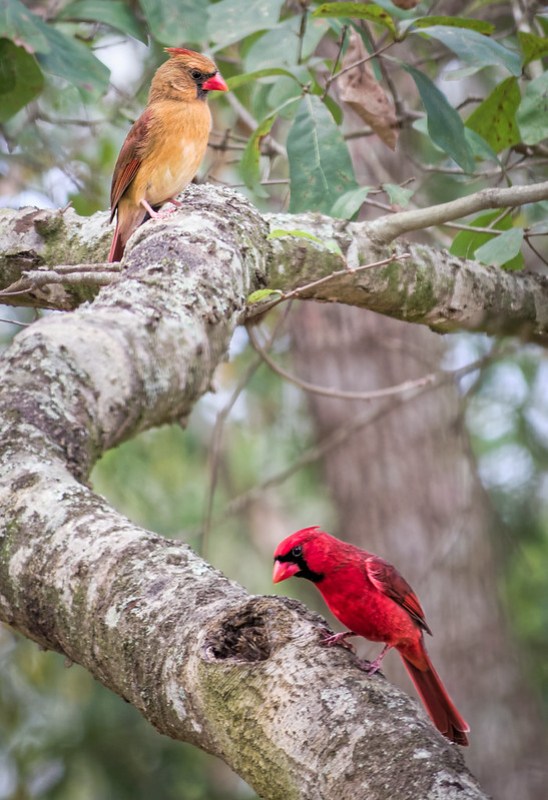I had a delightful visit to Gatorland yesterday morning. Tom M. and Jim B. were also there. I started following Jim’s blog (sorry, no longer available) years ago and we’ve been web friends for a while. I’m happy I finally got to meet him in person!
 Anhinga gathering nest material
Anhinga gathering nest material
The nesting season is going full blast now, and this gives everyone a chance to see and photograph wild birds in breeding colors doing nesting season behaviors. Quite an opportunity!
We saw Anhingas, Blue Herons, Cattle Egrets, Cormorants, Great Egrets, Common Gallinules, Snowy Egrets, Tri-colored Herons, and Woodstorks all in various stages of breeding. Little ones in the nest are quite common and some of the baby Great Egrets have grown into “teenagers” already and will be fledging shortly.
 Nesting Double-crested Cormorant – Can you tell where this bird gets its name?
Nesting Double-crested Cormorant – Can you tell where this bird gets its name?
The early entry program at Gatorland is perfect for catching the birds in good light on the west side of the breeding pond. They enjoy the morning light too.
 I’ll be with you in a moment just as soon as my feathers dry… – This Wood Stork was soaking in the morning sun
I’ll be with you in a moment just as soon as my feathers dry… – This Wood Stork was soaking in the morning sun
Keep an eye out for backlit birds – they can also be beautiful.
Gatorland is an exceptional place to practice your “birds-in-flight” skills. Patient observation lets you figure out movement patterns and get ready. I waited several minutes with my camera in “BIF” mode (high shutter speed, continuous auto focus) until this Tri-Colored took off. I didn’t expect it to grab a little fish on the way, but I was glad it did!
 Breakfast to go – A Tri-colored Heron scoops up a minnow on the fly
Breakfast to go – A Tri-colored Heron scoops up a minnow on the fly
Click on any of these photos to see them larger on Flickr. And look at this album for many more images from Gatorland.
Thanks for stopping by and reading my blog. If you haven’t been to Gatorland yet, go. And if you haven’t checked out Jim’s blog (sorry, no longer available) yet, go do that too. Then – go make some photos!
©2016, Ed Rosack. All rights reserved.














 Red-bellied Woodpecker
Red-bellied Woodpecker











